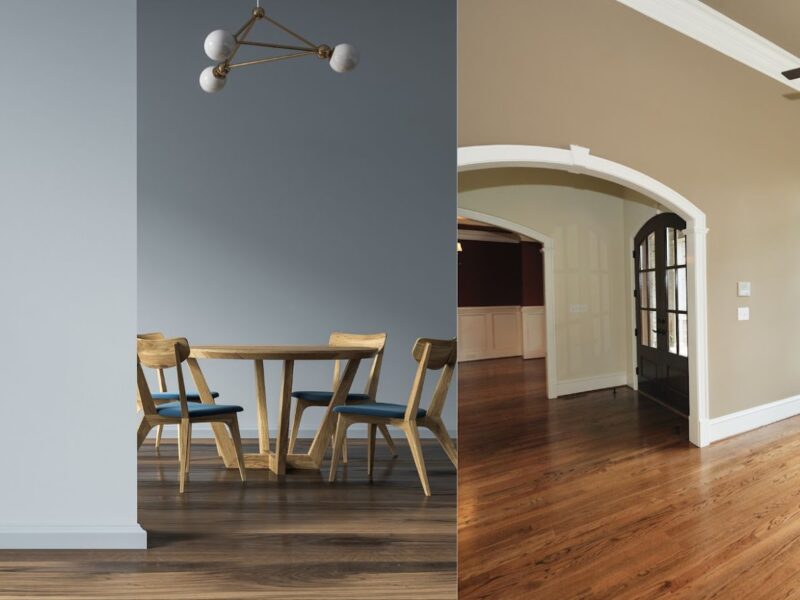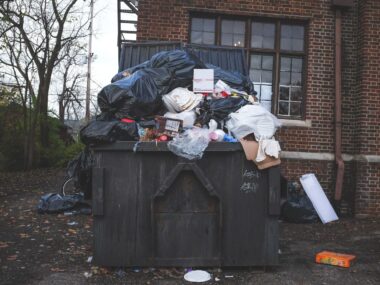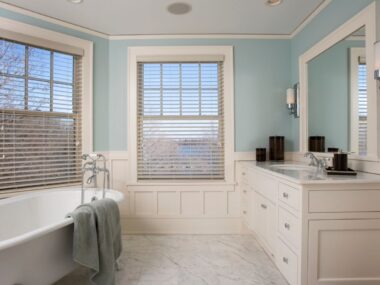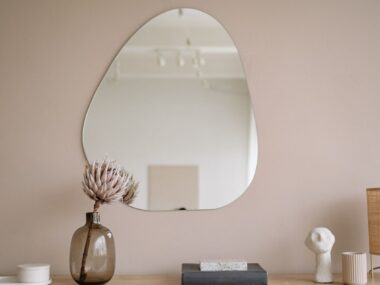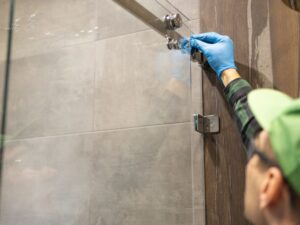Matte finishes are flat and dull, while satin finishes are shiny and smooth. Both have their own advantages and disadvantages, so it’s important to know which is right for you before you make a purchase.
Matte finishes are popular because they tend to hide imperfections well. If you have any blemishes or scratches on your walls, a matte finish will help to camouflage them. They’re also good at hiding fingerprints and other smudges, so they’re ideal for areas that see a lot of traffic. However, matte finishes can be difficult to clean, so they’re not the best choice for areas that need to be spotless (such as kitchens and bathrooms). Satin finishes are much shinier than matte finishes, and they’re often used in rooms that need to look clean and bright (like kitchens and bathrooms). They’re also much easier to clean than matte finishes, so they’re a good choice if you’re looking for a low-maintenance option. However, satin finishes can show imperfections more easily, so they’re not the best choice if your walls have blemishes or scratches. They also tend to collect fingerprints and smudges more easily, so they might not be the best choice for high-traffic areas.
What is the difference between matte and satin finishes?
Matte finishes are flat and dull, while satin finishes are shiny and smooth. Both have their own advantages and disadvantages, so it’s important to know which is right for you before you make a purchase.
Matte finishes are popular because they tend to hide imperfections well. If you have any blemishes or scratches on your walls, a matte finish will help to camouflage them. They’re also good at hiding fingerprints and other smudges, so they’re ideal for areas that see a lot of traffic. However, matte finishes can be difficult to clean, so they’re not the best choice for areas that need to be spotless (such as kitchens and bathrooms). Satin finishes are much shinier than matte finishes, and they’re often used in rooms that need to look clean and bright (like kitchens and bathrooms). They’re also much easier to clean than matte finishes, so they’re a good choice if you’re looking for a low-maintenance option. However, satin finishes can show imperfections more easily, so they’re not the best choice if your walls have blemishes or scratches. They also tend to collect fingerprints and smudges more easily, so they might not be the best choice for high-traffic areas.
How do you choose which finish is right for your project?
The best way to choose between matte and satin finishes is to consider the needs of your project. If you’re looking for a finish that will hide imperfections well, matte is a good choice. If you’re looking for a low-maintenance finish that’s easy to clean, satin is a good choice. If you’re not sure which finish is right for you, it’s always a good idea to consult with a professional before making a purchase.
What are the benefits of each type of finish?
The benefits of matte finishes are that they hide imperfections well and are easy to clean. The benefits of satin finishes are that they are easy to clean and show imperfections less easily.
How do you care for matte and satin finishes to keep them looking their best for years to come?
Caring for matte finishes is relatively easy. You can clean them with a dry cloth or a slightly damp cloth. However, you should avoid using any type of cleaning product, as this can damage the finish.
Caring for satin finishes is a bit more difficult. You should avoid using any type of cleaning product, as this can damage the finish. Instead, you can clean them with a dry cloth or a slightly damp cloth. If you need to remove any stubborn stains, you can use a mild soap and water solution. However, be sure to rinse the area well afterwards to avoid damaging the finish.
